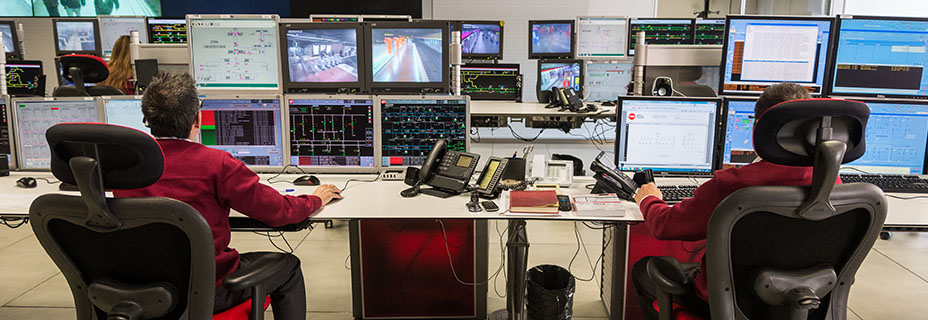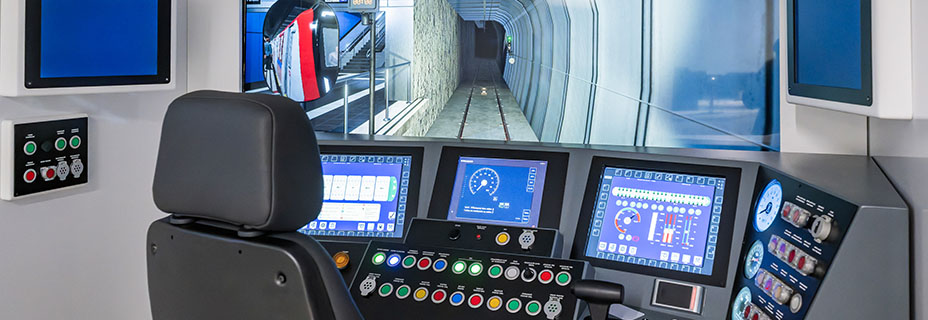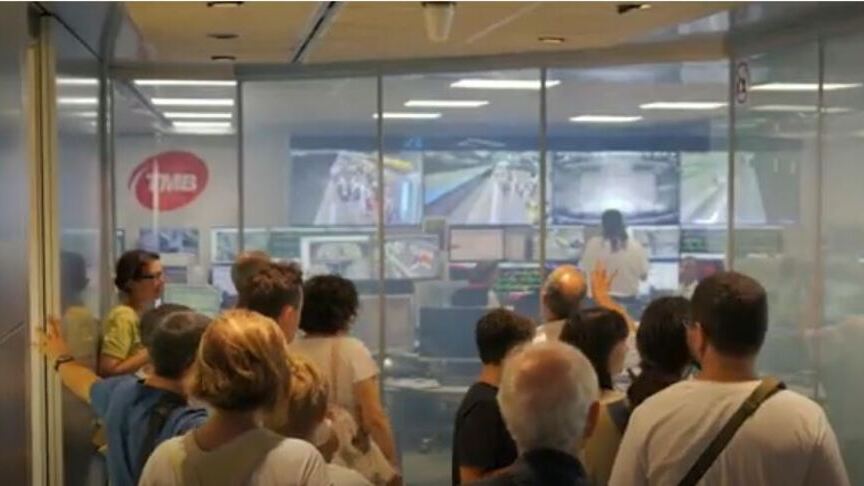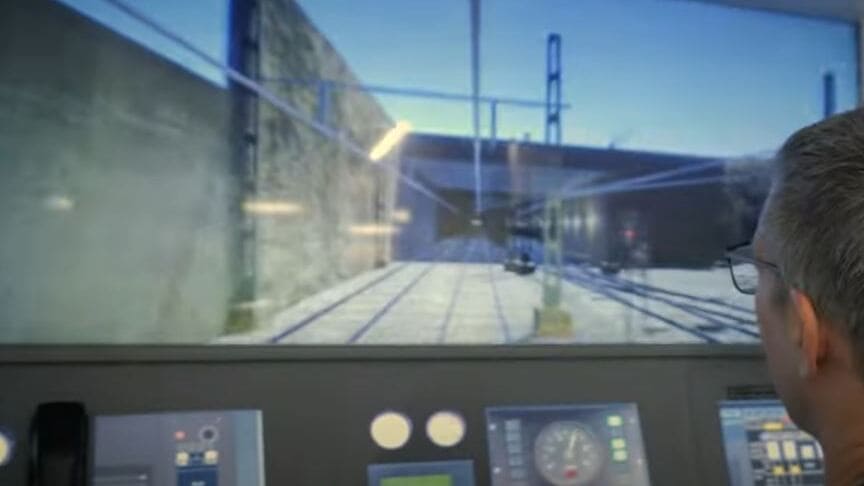We open up the metro spaces
We put ourselves in the shoes of a subway driver, we discover how everything in the metro is controlled and we visit curious places. Have you ever realised how big a metro depot is? We invited you to do it!
We open the metro for you
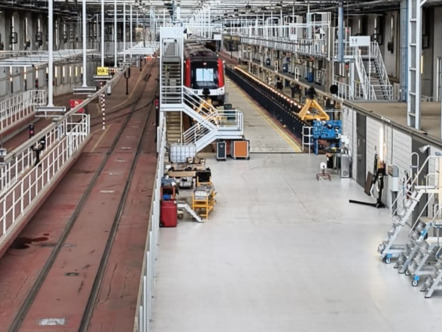
Work centers and historical spaces
We showed citizens some spaces in the network that are intended exclusively for professional use.
Last visits of the year
In the last round of visits, interested persons had three opportunities to participate: the Centenary organization opened weekly registration lists for each visit and three raffles were held, since places were limited.
Visit to the Metro Control Center
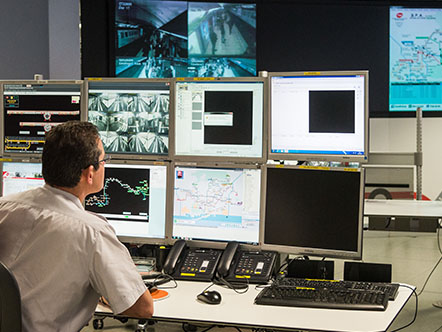
Dates: 22, 23, 29 and 30 November and 13 and 14 December
The CCM operates all year round, 24 hours a day, ensuring that the scheduled service is provided with the highest quality. This involves controlling the regulation of train intervals, adjusting supply to demand in real time, managing night work and internal and external information channels, as well as carrying out studies on the service. It also resolves unforeseen incidents, coordinating eventualities and emergencies that may occur.
Visit to the ZAL workshop
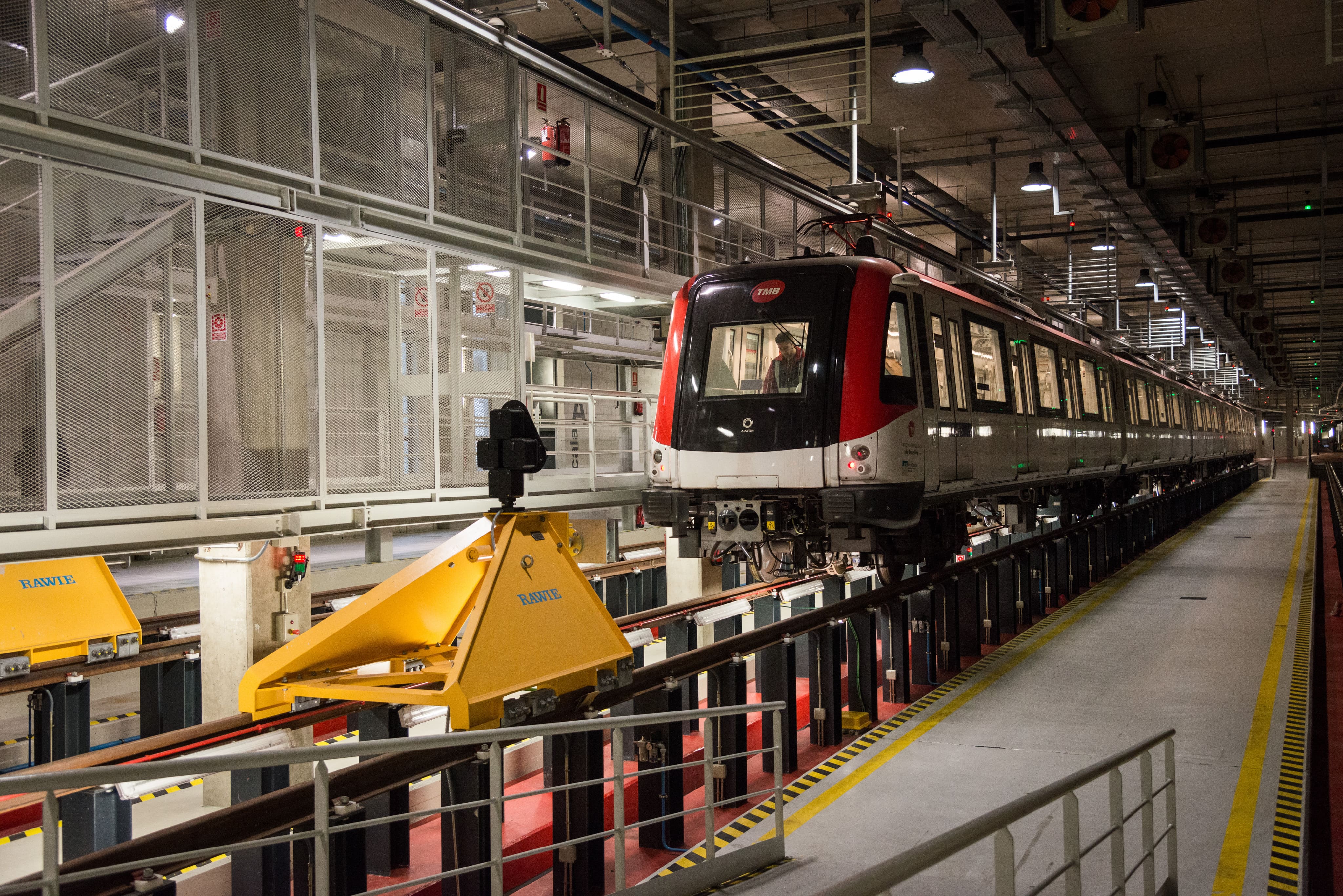
Dates: 22, 23, 29 and 30 November and 13 and 14 December
The ZAL facilities serve lines 9 and 10, both automatic and the newest in the Barcelona metro network. In this workshop, the trains are prepared and the systems that allow this means of transport to operate every day are supervised.
Visit to Gaudí station
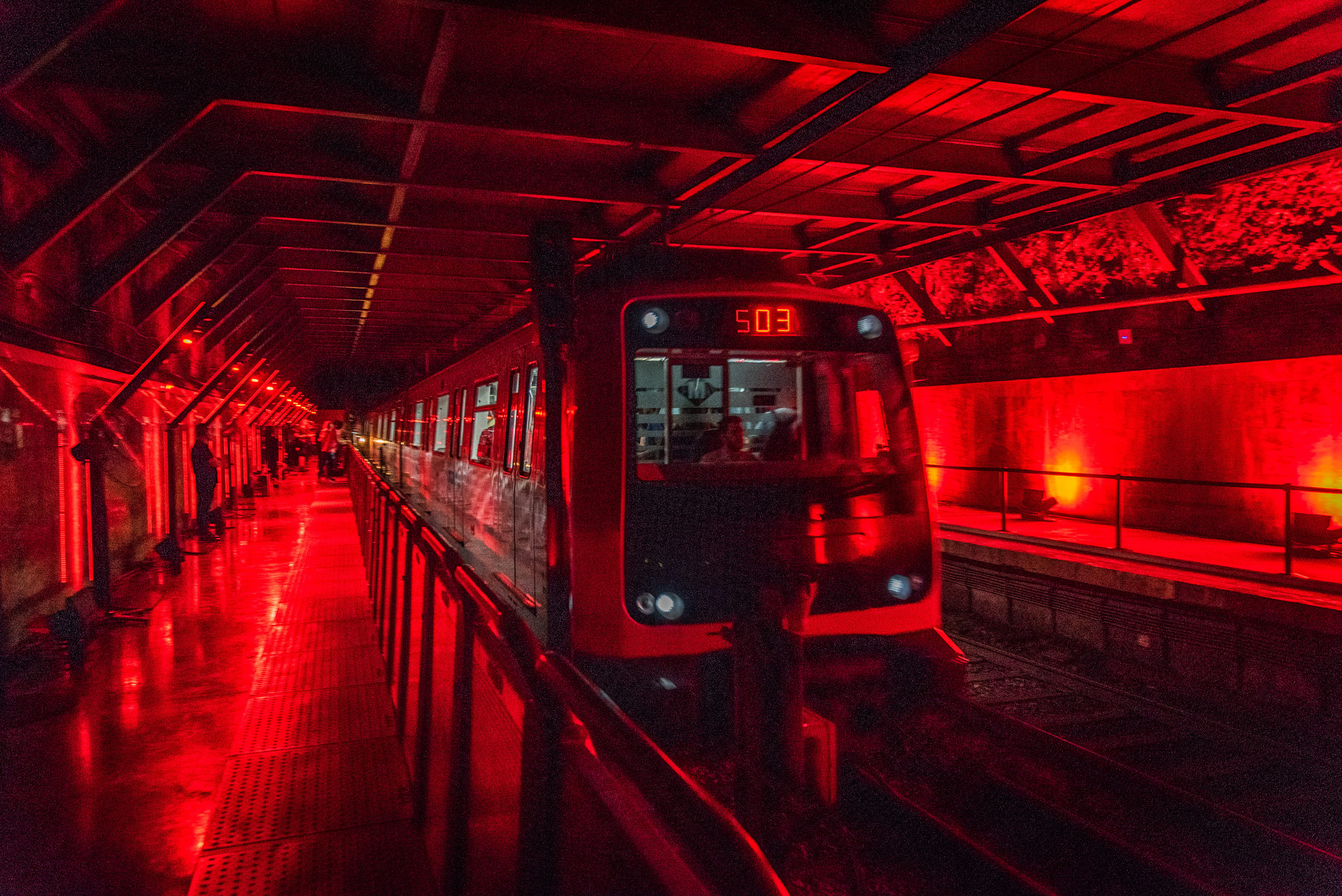
Dates: 22, 23, 29 and 30 November and 13 and 14 December
Since its construction in 1968, Gaudí station has been closed to the public, becoming one of the so-called "ghost stations" of the Barcelona metro. Located between Sagrada Família and Sant Pau/Dos de Maig stations, it can be explored through these guided visits, which allow visitors to see what this underground space is like.
Spaces we have previously opened
The visitors participating in these visits were able to learn about the technical and construction peculiarities of the suburban train, as well as the anecdotes that have shaped the history of the metro.
Metro driving simulators
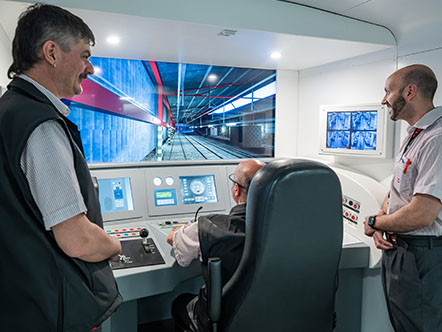
13, 14, 20 and 21 September / 4, 5, 25 and 26 October
Since the new simulator room opened, 441 professionals have attended and it is expected that by 2025 a total of 2,800 hours of training will have been completed at the new location. The simulators prevent all types of incidents and situations that can occur on the network and allow for a reduction of more than 10% in those incidents that were previously caused by driving. The space also allows for improved communication between TMB professionals by putting future workers in direct contact with managers who are already or will be in the future.
Visit to the Santa Eulàlia workshop
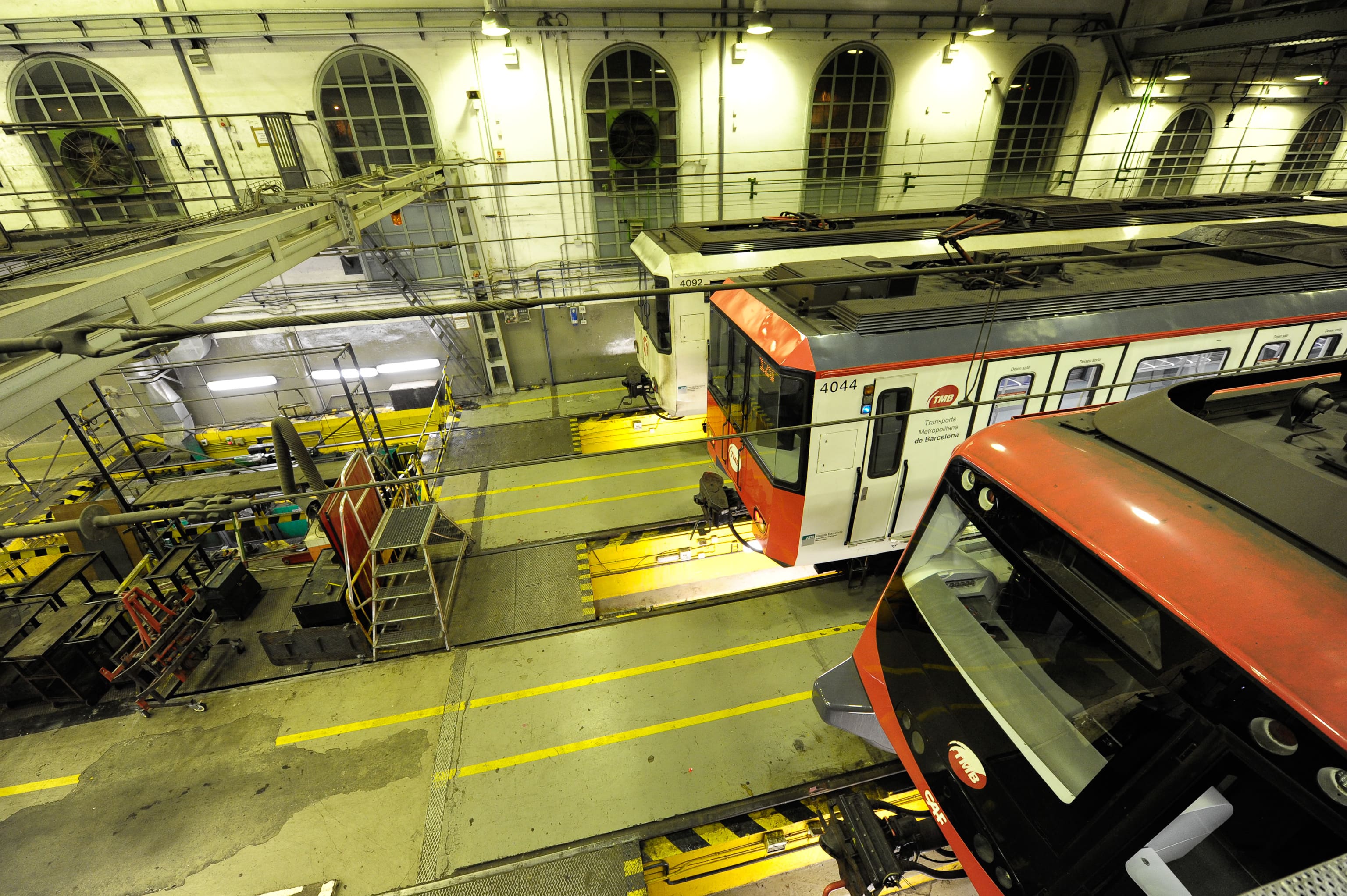
13, 14 and 20 September / 4, 5 and 25 October
Built in 1922, it is the oldest in the Barcelona metro network. The workshop serves line 1. Located in a building that houses three depot halls and an office complex, the site is considered a protected monument as a cultural asset of local interest in the municipality of l’Hospitalet de Llobregat.
Visit to the Mercat Nou electrical substation
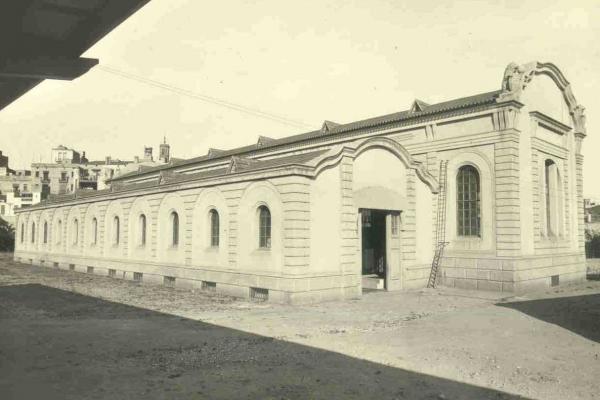
13, 14, 20 and 21 September / 4, 5, 25 and 26 October
The site is one of the original buildings remaining from the old Metro Transversal (today line 1). It was designed by the architect Joan Bergós Massó, author of constructions influenced by Italian Renaissance, traditional Catalan art, and some derived from Modernisme and from the architect Gaudí.
Visit to the Urquinaona spiral staircase
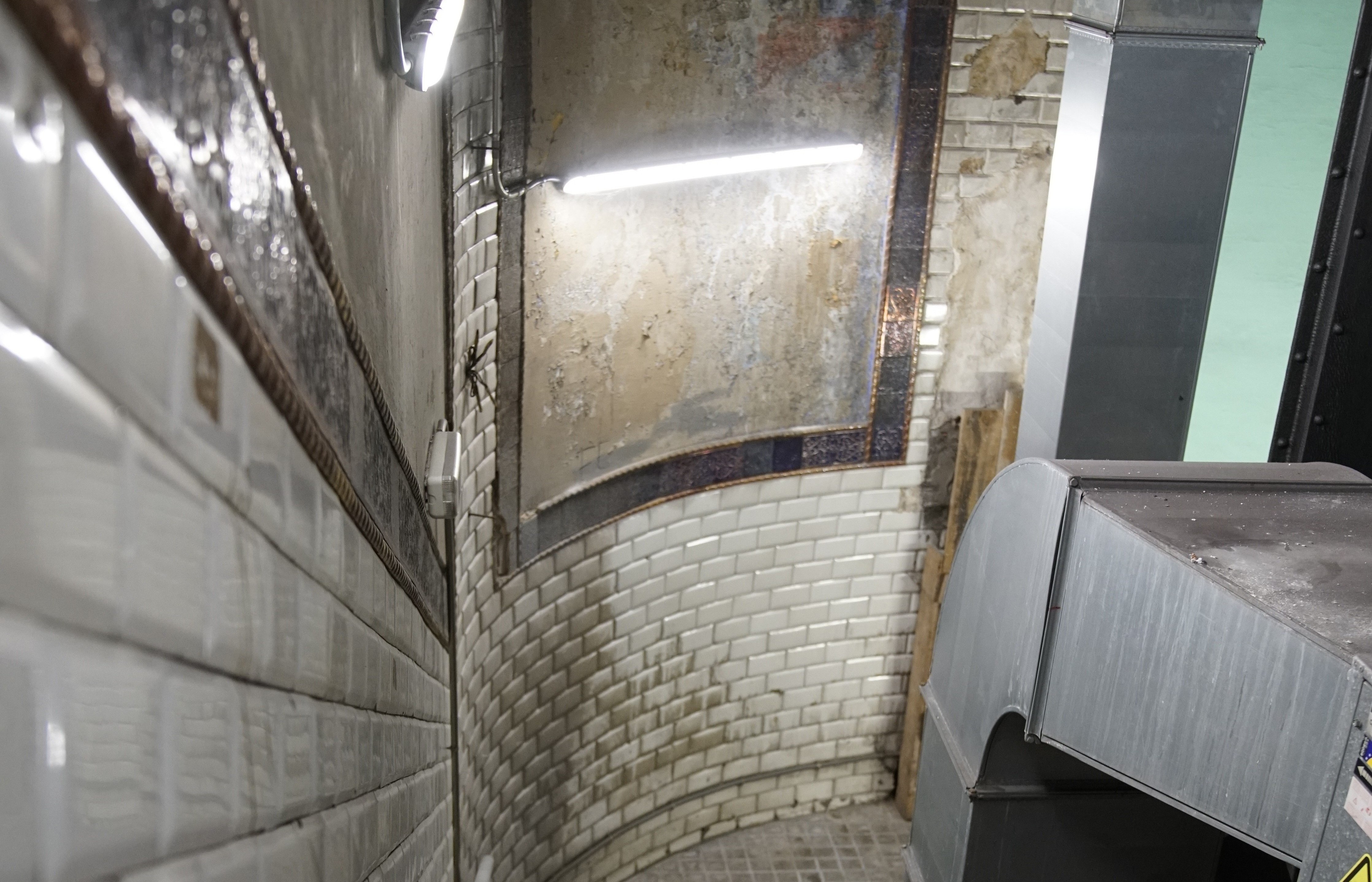
13, 14, 20 and 21 September / 4, 5, 25 and 26 October
On 19 December 1926, the Gran Metro opened a second branch of its line connecting Aragó station with Jaume I, which included another intermediate station, Urquinaona (today line 4). Its original entrance had a iron and glass structure that protected the stairs and the lift. Over time, the structure lost its decorative wrought iron elements and was finally demolished in 1972.
Night visit to Correus station

20, 21 and 22 October / 17, 18 and 19 November
Correus station, which originally formed part of the second branch of the Gran Metro line, was in operation from 1934 until 1972, when line 4, to which it then belonged, was extended to Barceloneta. During the visit, visitors will go down to the track to walk for approximately 5 minutes until reaching the section where Correus station was located.
Videos about the visits
Video about the visit to the Metro Control Center
Visitors will be able to discovered how, from La Sagrera, we use the most advanced technology to ensure the proper operation of the metro network, both for the current conventional lines (L1, L2, L3, L4, and L5) and the new automated driverless lines (L9/10 and also L11).
Video about the visit to the metro driving simulators
The new simulation room, inaugurated in September 2024, has 8 driving simulation cabins of different metro series. During the visit, participants could learn how these tools work and will have the opportunity to try the simulation cabins available at the facility.








